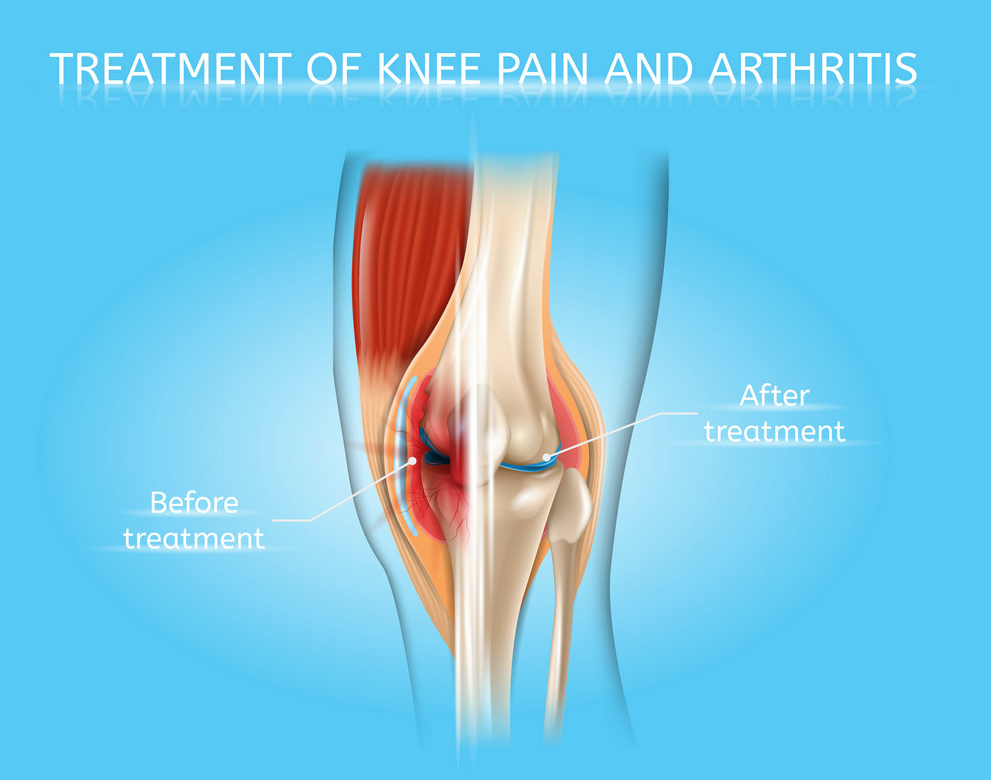By admin|2023-12-13T18:39:10+00:00January 31st, 2023|blog, regenerative medicine, stem cell therapy|0 Comments
 Those suffering from this disease may be disappointed to learn that they have few options for treating OA through traditional medicine. Traditional treatments attempt to manage the pain and prevent the condition from worsening.
Those suffering from this disease may be disappointed to learn that they have few options for treating OA through traditional medicine. Traditional treatments attempt to manage the pain and prevent the condition from worsening.
Leave A Comment
You must be logged in to post a comment.